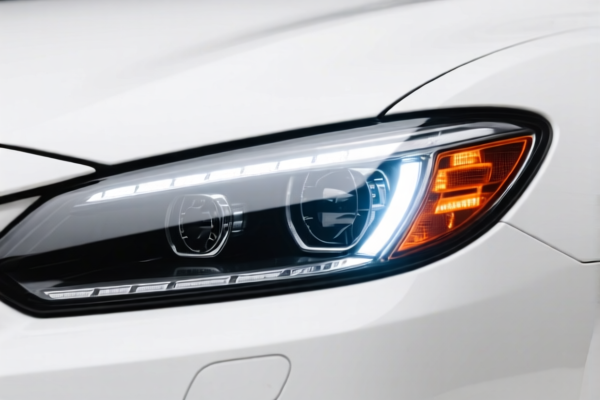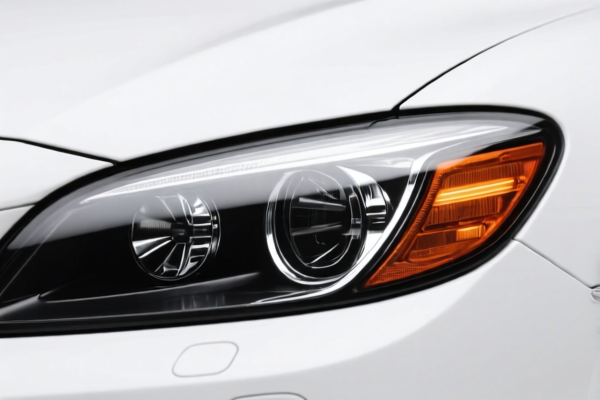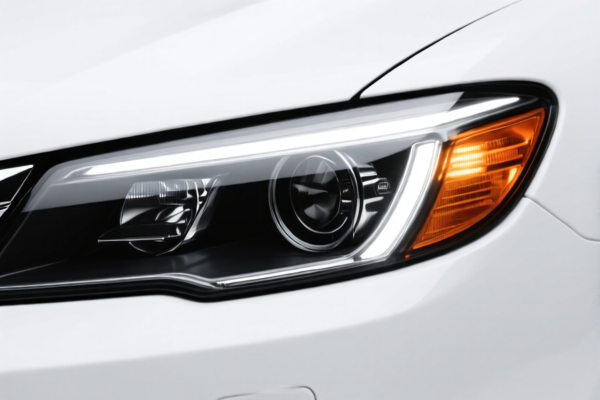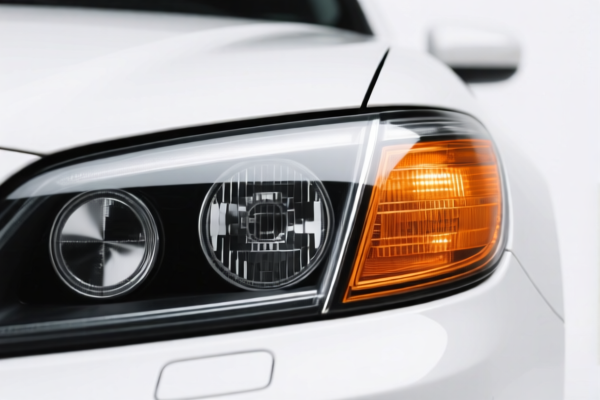| HS Code | Official Doc | Tariff Rate | Origin | Destination | Effective Date |
|---|---|---|---|---|---|
| 8539100010 | Doc | 57.0% | CN | US | 2025-05-12 |
| 8539520091 | Doc | 32.0% | CN | US | 2025-05-12 |




Car Fog Light
Definition: A car fog light is a lighting device mounted on a vehicle to improve visibility in dense fog, heavy rain, snow, or dust. They are designed to emit a low-beam, wide-pattern light that illuminates the road surface and edges, enhancing the driver's perception in reduced visibility conditions.
Material:
- Housing: Typically constructed from durable plastics (polycarbonate, ABS) for impact resistance and weatherproofing, or from metal (stainless steel, aluminum) for increased robustness.
- Lens: Polycarbonate is common due to its impact resistance and clarity.
- Bulb/LED: Traditionally halogen bulbs were used, but LEDs (Light Emitting Diodes) are now prevalent due to their energy efficiency, longer lifespan, and brighter output. Some utilize HID (High-Intensity Discharge) bulbs, though less common due to complexity and regulation.
- Reflectors: Often metalized plastic or glass, designed to focus and direct the light beam.
Purpose:
- Enhanced Visibility: The primary purpose is to increase the driver's visibility in low-visibility conditions where standard headlights are ineffective due to reflection or scattering of light off fog, rain, snow, or dust particles.
- Increased Conspicuity: Fog lights help other drivers see the vehicle, improving overall safety.
- Supplemental Lighting: They provide additional illumination beyond the range of headlights, particularly for road edges and obstacles.
Function:
Fog lights operate by producing a low, wide beam of light that is directed downwards. This minimizes the reflection of light off airborne particles, reducing glare and improving the driver’s ability to see the road surface. The wide pattern illuminates a broader area, helping to identify road edges, lane markings, and potential hazards.
Usage Scenarios:
- Dense Fog: The most common application.
- Heavy Rain: Improves visibility in downpours.
- Snowfall: Aids in navigating snowy conditions.
- Dusty Conditions: Useful in desert or rural environments with significant dust.
- Mountain Roads: Helpful for identifying curves and drop-offs in foggy or low-light conditions.
Common Types:
- Front Fog Lights: Mounted low on the front of the vehicle, typically in pairs. These are the most common type.
- Rear Fog Lights: Installed at the rear of the vehicle, usually a single light or a pair. They are brighter than standard taillights to increase visibility to following drivers. Often red or amber in color.
- Driving Lights/Auxiliary Lights: While often used interchangeably with fog lights, these are generally higher-powered lights designed for long-range illumination and are not necessarily optimized for fog penetration. May not be legal for use in all conditions.
- LED vs. Halogen: LED fog lights are becoming increasingly popular due to their advantages in brightness, efficiency, and lifespan. Halogen bulbs are less expensive but require more frequent replacement and produce less light.
- Universal vs. Vehicle-Specific: Universal fog lights can be fitted to a wide range of vehicles but may require modifications. Vehicle-specific fog lights are designed for a particular make and model, ensuring a precise fit.
Car fog lights are electrical lamps used for illumination in low-visibility conditions, typically installed on vehicles. They fall under the category of electrical filament or discharge lamps, specifically those used for vehicles.
The following HS codes are relevant based on the provided information:
- 8539100010: This HS code covers electrical filament or discharge lamps, including sealed beam lamp units and ultraviolet or infrared lamps; arc lamps; light-emitting diode (LED) light sources; parts thereof: Sealed beam lamp units Under
15.24 cm: For vehicles of subheading 8701.21, 8701.22, 8701.23, 8701.24 or 8701.29 or heading 8702, 8703, 8704, 8705 or 8711. This code specifically applies to sealed beam lamp units used in vehicles, and if the fog light is a sealed beam unit under 15.24 cm, this code is applicable. The tax rate details are: Basic tariff: 2.0%, Additional tariff: 25.0%, Additional tariff after 2025.4.2: 30%, with a total tariff of 57.0%. - 8539520091: This HS code covers electrical filament or discharge lamps, including sealed beam lamp units and ultraviolet or infrared lamps; arc lamps; light-emitting diode (LED) light sources; parts thereof: Light-emitting diode (LED) light sources: Light-emitting diode (LED) lamps Other. If the car fog light is an LED lamp and doesn't fall under other more specific LED lamp categories, this code applies. The tax rate details are: Basic tariff: 2.0%, Additional tariff: 0.0%, Additional tariff after 2025.4.2: 30%, with a total tariff of 32.0%.
Customer Reviews
No reviews yet.